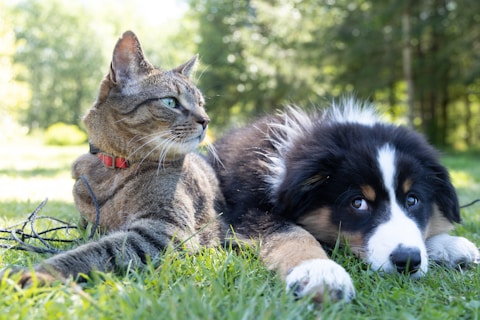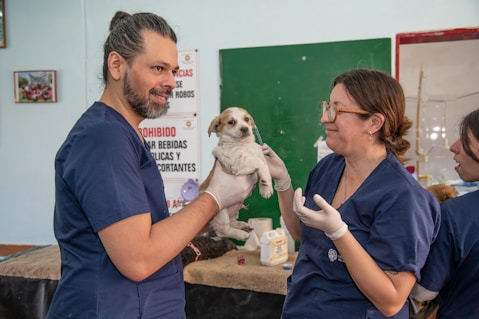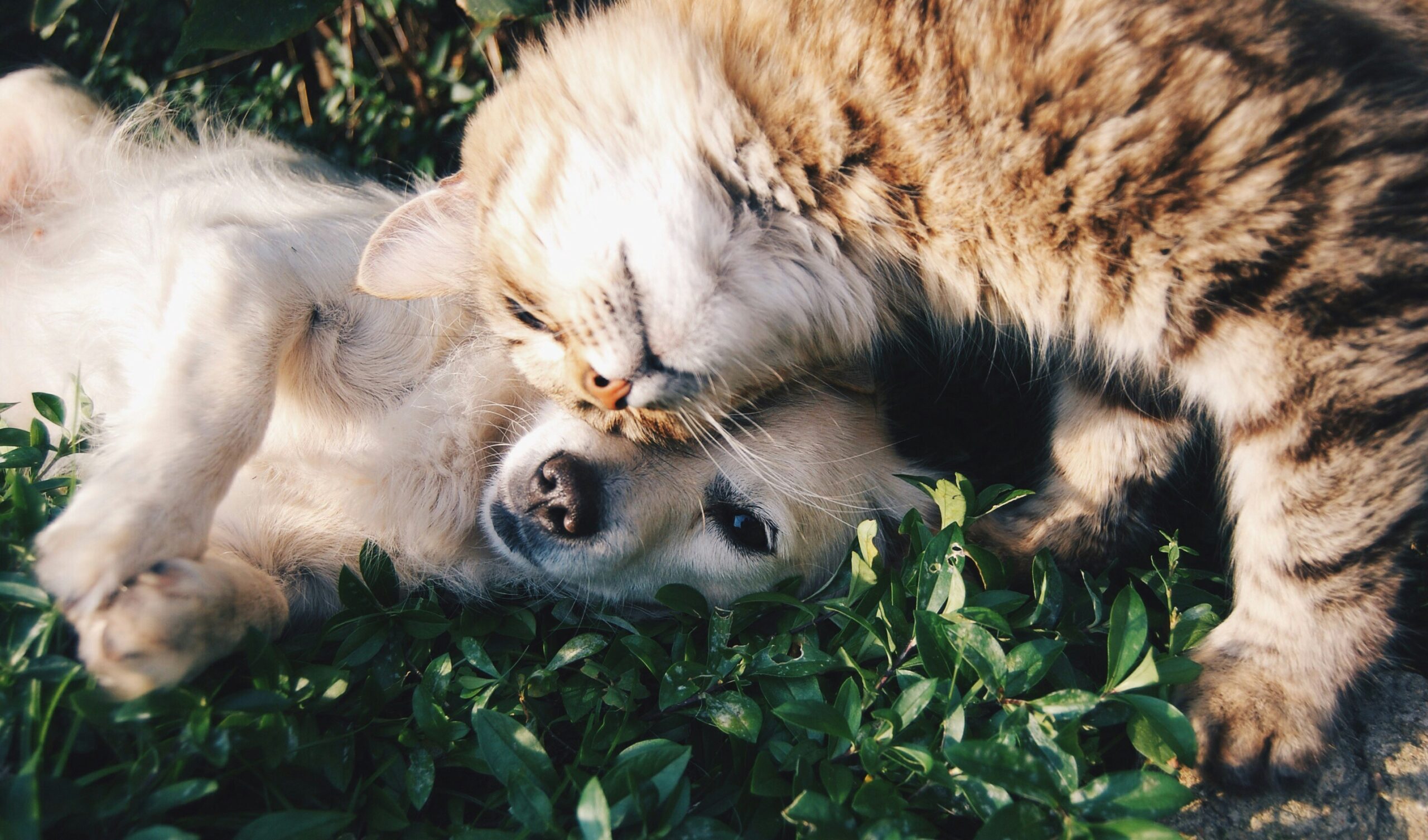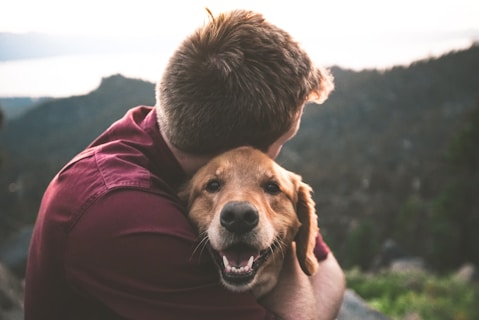Bringing a new dog into your home is a joyful experience, but it also requires careful planning. A safe, comfortable environment sets the stage for a smooth transition and helps your dog feel secure from day one. This detailed guide walks you through how to prepare each part of your home—ensuring your new companion is happy and out of harm’s way.
Why Dog-Proofing Matters
Dogs are curious by nature. That curiosity can lead them into trouble if your home isn’t properly set up. From chewing electrical cords to accessing human food, many everyday household items can pose a risk. Preparing your space also makes it easier for you to manage routines like potty training and feeding.
Living Room: Comfort & Boundaries
This is often the heart of the home, where your dog will spend a lot of time.
What to Do:
- Remove small or fragile items: Dogs may knock things over with their tails or paws.
- Secure wires and cords: Use cord protectors or hide wires to prevent chewing.
- Designate a space: Set up a bed, crate, or soft mat where your dog can relax.
- Use baby gates: These help restrict access until your dog learns the house rules.
Kitchen: High-Risk but Manageable
The kitchen is full of enticing smells—and potential hazards.
What to Do:
- Keep food out of reach: Even healthy human food can be toxic to dogs (e.g., chocolate, onions, grapes).
- Secure trash bins: Dogs love to scavenge, so use lidded or locked containers.
- Store chemicals safely: Cleaning supplies and detergents should be behind closed cabinet doors.
- Avoid table scraps: Everyone in the household should be on board with this rule.
Bathroom: A Small Room with Big Dangers
You might not think about it, but the bathroom holds many hazards.
What to Do:
- Shut toilet lids: Some dogs drink from toilets, which can expose them to bacteria or chemicals.
- Secure medications: Dogs can access counters or open cabinets. Store everything high and locked.
- Remove trash: Items like floss, razors, or hygiene products can be dangerous if ingested.
Bedrooms: Personal Space & Calm Retreat
Dogs often view bedrooms as quiet places to rest—but they can also get into trouble h




